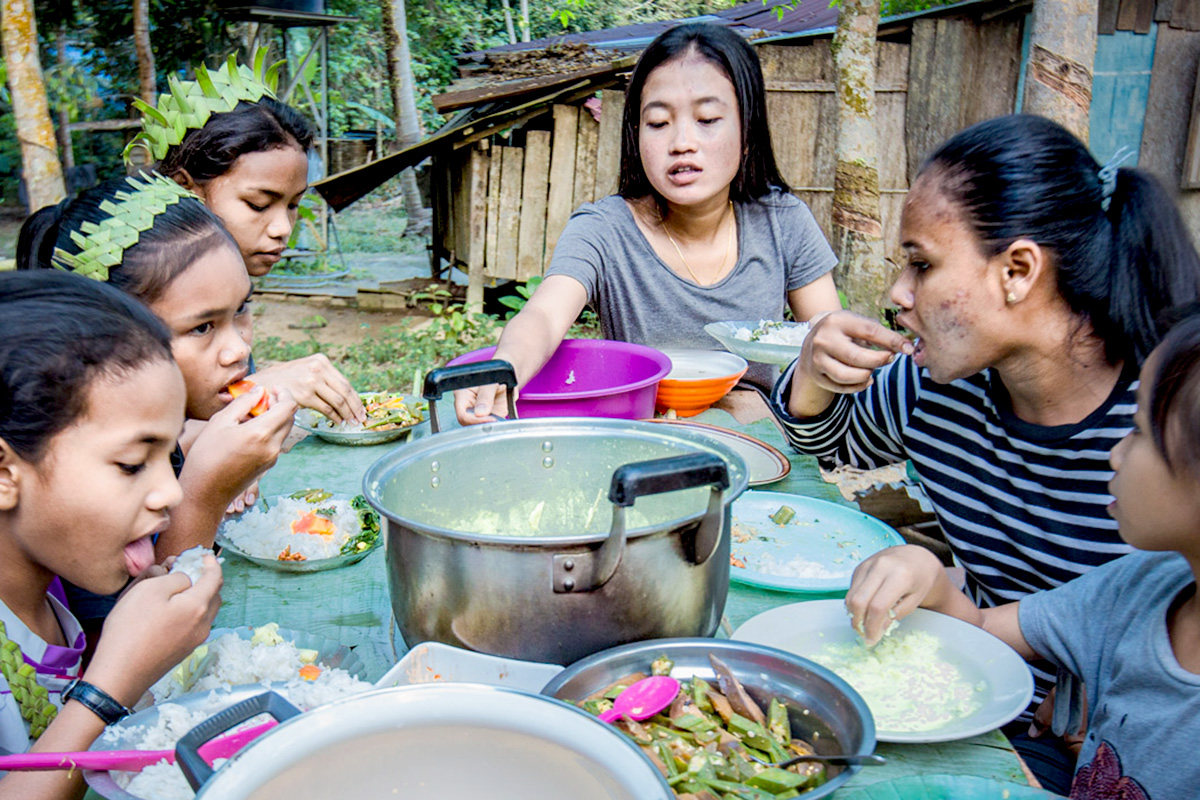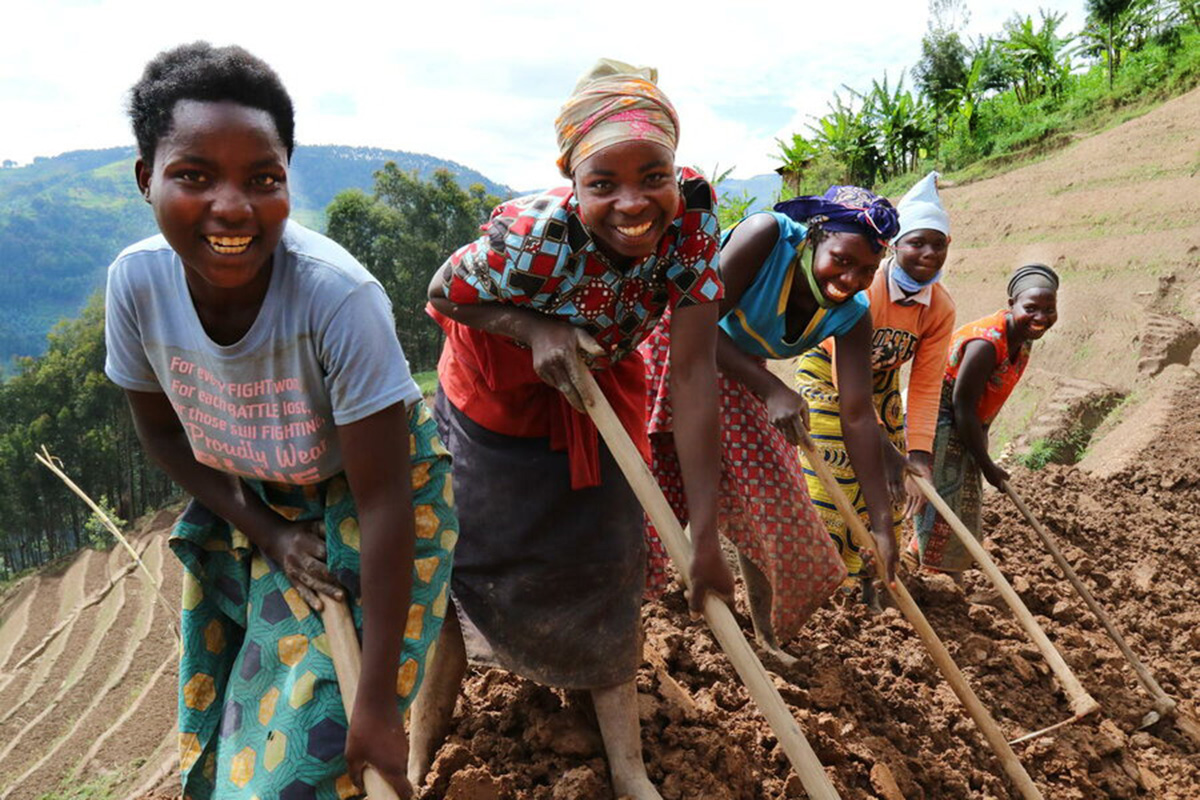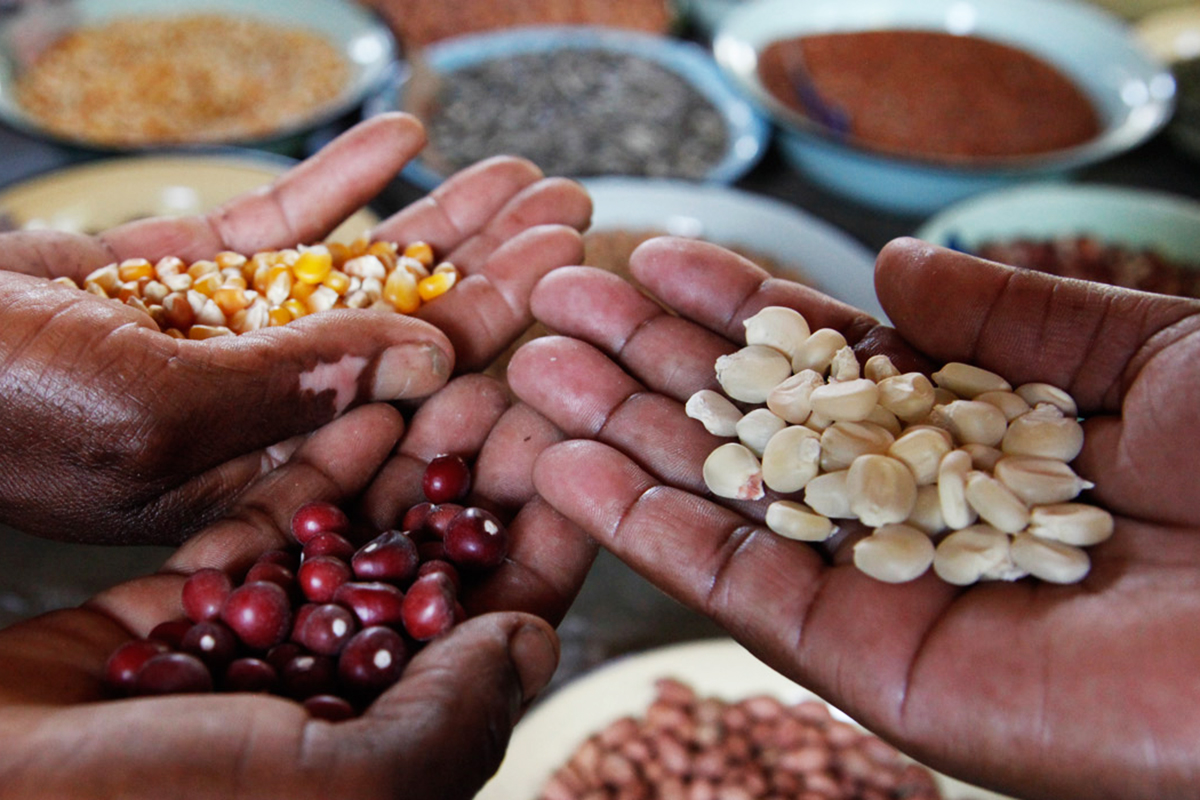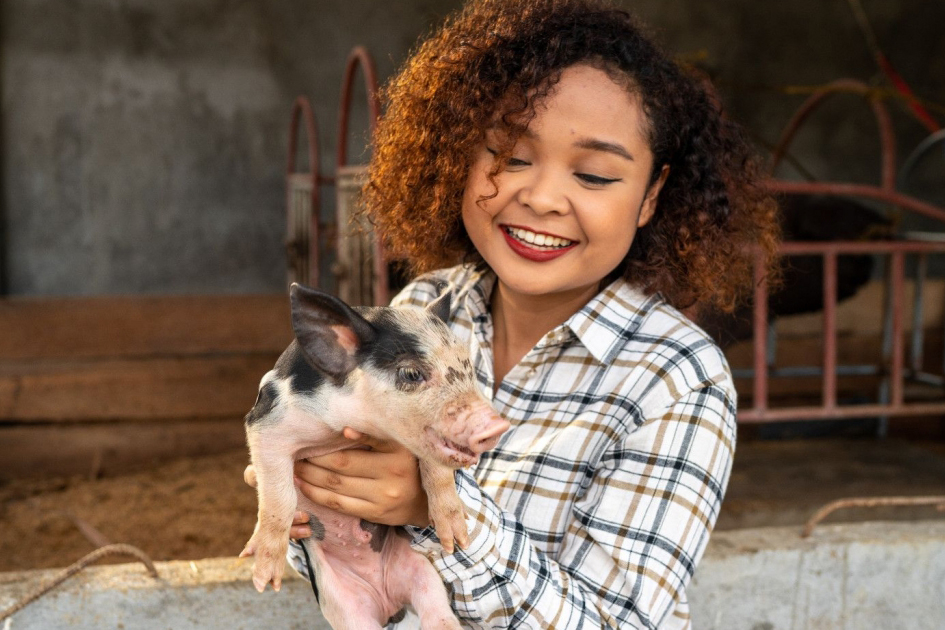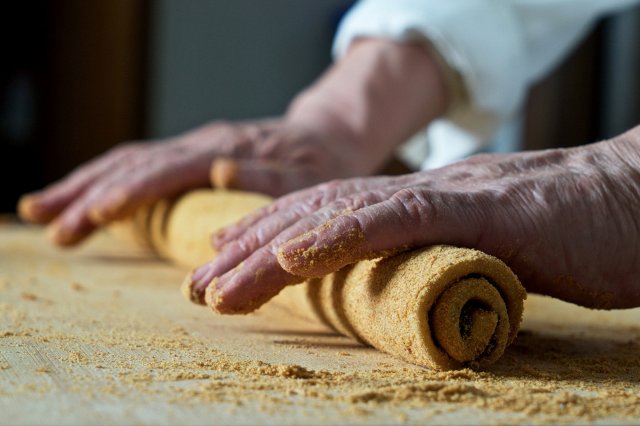Agriculture and Food
Throughout the last months, people from across the world have shared with us their thoughts, memories, and solutions of ‘good food’ as they see it. Watch here the first in a series of compilations and join us in defining and celebrating #GoodFood4All by creating your own video, too! #GoodFood4All #FoodSystems #UNFSS2021
Up to 811 million people went hungry last year as the combined effects of conflict, climate extremes and the coronavirus pandemic pushed a further 161 million into food insecurity. International food prices are up for a 12th consecutive month. WFP seeks to save and change the lives of 115.5 million people in more than 80 countries. Food systems play a key role in ensuring people's access to regular, nutritious food despite these factors. Food Systems encompass everything from ‘farm to fork’— it’s about having a broader picture of how we literally produce, transport, process and consume food.
With project funding from the Central Emergency Response Fund, FAO supported 37,200 smallholder farmers, including Khialy Gul, across 16 provinces of Afghanistan with an emergency wheat cultivation package.
Calling all children and teens around the world! If you’re between the ages 5 to 19, FAO wants you to use your imagination and create a poster showing a food journey! There are many different kinds of journeys that food can take, some that guarantee a healthier future for people and the planet. Choose your favourite and be creative!
IFAD works with rural and indigenous communities that hold valuable knowledge of species that are adapted to local environments and contribute to providing more diverse and nutritious diets.
In 2016 food safety issues arose and the Government of Bhutan announced a ban on the import of chilli peppers. The country was left baffled. Chillies have been used extensively in the Bhutanese diet since ancient times, yet much of the country’s farming communities were ill-prepared to grow chillies due to climate and topography. A group of farmers dared to explore the uncharted territory, to grow the chillies needed for their cooking traditions while creating an additional income. With chilli seeds from a FAO-supported programme, these farmers ultimately met with success.
A lack of ‘soft skills’ is limiting progress for farmers in many rural areas. These skills include the ability to share new knowledge, communicate clearly and collaborate with other food system actors, negotiate with buyers and engage in policy dialogue processes.
Peter Rabbit is teaming up with ActNow to bring awareness to sustainable food and promote individual action. You too can be a food hero, which is good for your health and for the planet!
Unsustainable agriculture can pollute water, air and soil; is a source of greenhouse gases, and destroys wildlife. And to top it all off, some farming practices have been linked to the emergence of zoonotic diseases, such as COVID-19. Here's how we can change that.
With our modern lifestyles adding more stress on natural resources and a population to feed that will grow to almost 10 billion by 2050, sustainable gastronomy is something we should all keep in mind as we source, cook and eat our food. Sustainable gastronomy means choosing and cooking food in a way that considers all it takes for food to get from fields to our plates, including how the food is grown and transported to what ingredients we choose and where we buy them from. FAO spoke to two chefs, who are also goodwill ambassadors for the organization.
The area surrounding the Yacuambi river basin located in the southern Ecuadorian province of Zamora-Chinchipe harbors some of the last remnants of primary forest between the Andes and the Amazon. A cooperative called APEOSAE (Small organic agricultural exporters of the Southern Ecuadorian Amazon) was born out of a desire to move from producers to entrepreneurs and to increase revenues and market access. It unites local farmers, many of whom are women and members of the indigenous Shuar and Saraguro Kichwa communities. They mainly cultivate organic coffee, cocoa and plantain. Jorge Kuji, an indigenous Shuar, is overlooking the drying process, considered the most important stage of coffee production since it affects the final quality of the product.
A group of seven men and five women, Kinna's passionate bee farmers are supported by the World Food Programme (WFP) — they are among more than 400,000 people in Kenya’s arid and semi-arid regions the organization empowers through livelihood activities such as fish-farming, and livestock and crop production. Since 2019, WFP has distributed over 9,000 beehives to farmers in 12 arid and semi-arid regions of Kenya in addition to honey harvesting suits, hive tools, centrifuge machines for extracting honey and refractometers for measuring the water content of honey.
Argan trees grow naturally in the semi-desert forest regions of southwestern Morocco; safeguard against desertification and climate change; are a symbol of adaptation and harmonious co-evolution between rural communities and their ecosystem; empower rural women by creating jobs in the argan and agri-tourism industry; contribute to the food security and nutrition of rural communities.

